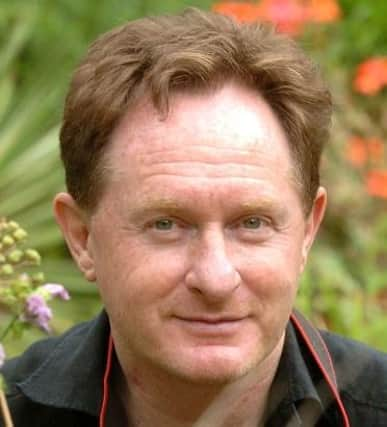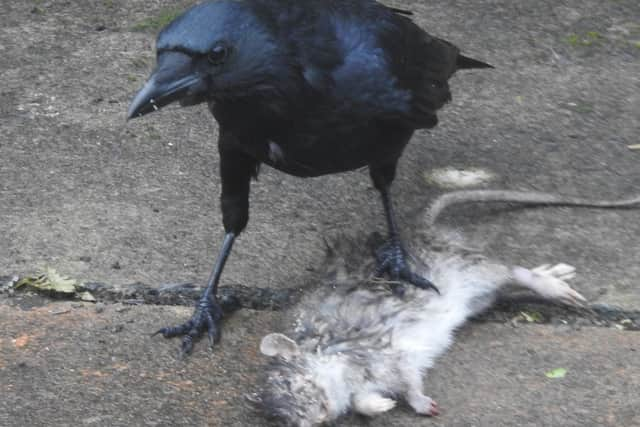Wildlife: Did you ever wonder where all those roadside corpses go?


It used to be the offal and garbage of medieval towns that attracted the kites but now I suspect, it may be the roadside casualties of the motor car that litter the highways. Did you ever wonder where all those corpses go?
Perhaps in future the kite will return to the top of the scavenger tree, but for now the king is probably the carrion crow. Indeed, almost as soon as a corpse, like this dead brown rat, appears, the local carrion crows will be quickly on the scene.
Advertisement
Hide AdAdvertisement
Hide AdIn this case the crow in first possession was fending off a pair of magpies that were also interested in the feast on offer.


The magpies are much smaller than the aggressive and possessive crow and really stood little chance of getting in on the act.
Both species are highly intelligent, very territorial, and will know their patch very well indeed. The beady-eyed carrion crow will case the joint regularly and is then able to swoop in on any potential free meal.
Armed with a heavy and very sharp beak and strong feet able to manipulate the corpse, the carrion crow is well prepared for this opportunity.
Advertisement
Hide AdAdvertisement
Hide AdBy this time of year, as winter draws closer, the crows will be heading off in the late afternoon to a select number of chosen roosting sites.
The winter corvids (crows) roost communally and gathering of rooks, carrion crows, jackdaws, and even a few ravens, may number into the tens of thousands. The sites are probably places of security and especially of shelter and relative warmth in the cold of winter.
It may be that the birds coming together at the end of each day are also able to gain information from the behaviour of their compatriots on good feeding sites for the next day.
Professor Ian D. Rotherham, a researcher, writer & broadcaster on wildlife & environmental issues, is contactable on [email protected]; follow Ian’s blog (https://ianswalkonthewildside.wordpress.com/) and Twitter @IanThewildside